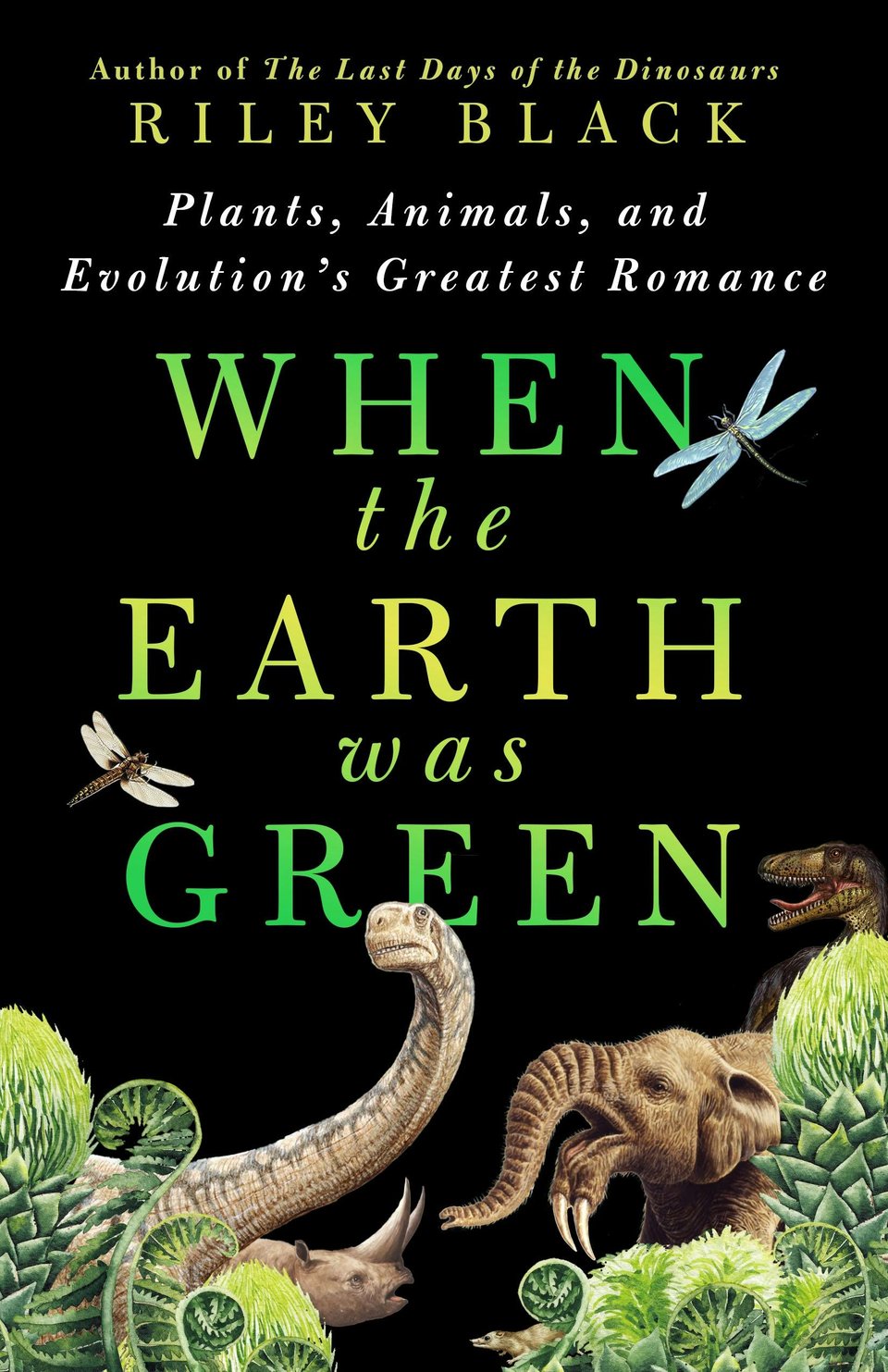A New Book and a Titanic Adventure
Bowler Hat Science from Matthew R Francis
I spent last weekend in Boston for the American Association for the Advancement of Science (AAAS) annual meeting, where (among other things) I met an Australian radio journalist who was an extra in Monty Python’s Flying Circus and has literally been doing science journalism longer than I’ve been alive, and I ain’t young. Stay tuned for articles and hopefully comics from the conference over the next weeks.
Now (to quote Monty Python) for something completely different!
When the Earth Was Green
Science journalist Riley Black has written a book about the way plants have shaped our planet for more than a billion years: When the Earth Was Green, which goes on sale February 25. Riley’s publisher kindly provided me with a pre-publication copy, and I read it so I can yell about it to you.

First of all, a disclaimer: Riley is a friend and in fact one of the very first science writers I met before I started writing professionally myself. (Riley even put a Stegosaurus in the book for me.) So, I might be a little biased, but her new book (like her previous books The Last Days of the Dinosaurs, My Beloved Brontosaurus, and others) is a beautiful work of science writing. Riley narrates stories of individual organisms across time to provide a big-picture ecological and evolutionary view of plants and the animals living around them (sometimes eating them).
As she notes, plants are often the backdrop for the stories we tell about evolution and paleontology, but they have shaped the planet we inhabit in dramatic ways. They are also in many ways pivotal organisms: they link microbes, fungi, and animal life together. Plants are also responsible to a large degree for the composition of Earth’s atmosphere, water, and soils, shaping climate and breaking rocks apart. Their coevolution with animals is also the story of some of the wildest creatures to ever live: the sauropod dinosaurs, the elephants and their relatives, and those much smaller critters known as the primates (like us).
But Riley is also a deeply humanistic writer, if I can say that about a book where the only humans mentioned are Ardipithecus. Like Stephen Jay Gould (an influence on both of us), she uses the stories of evolution to emphasize the interconnectedness of all life and provide an understanding of who we are as humans. In an era when trans people like her are under attack often in the name of science, she points out that nature is itself queer and defies neat categories with sharp boundaries. Life is messy, complicated, sometimes violent, but often breathtakingly beautiful, and When the Earth Was Green exemplifies that understanding.
A Dragonfly for Titan
Life has shaped the Earth we inhabit, but another world in the Solar System offers a snapshot of what our planet might have been like before life reformed it: Saturn’s moon Titan. In a new feature article for AGU Eos, I interviewed the scientists who are designing and building the Dragonfly probe: a car-sized flying drone that will hop from site to site on Titan, sampling the atmosphere, sand, and rocks to get the measure of a world much like ours that is still entirely alien.
Strange things are afoot on Saturn’s largest moon.
Alone among solar system satellites, Titan has sand dunes, lakes, rivers, rain, clouds, rainbows, and a thick nitrogen atmosphere. It even possesses organic molecules and possibly an ocean of salt water. Yet all these familiar features are twisted into unfamiliar and unearthly shapes. Methane takes the place of water in the atmosphere, lakes are made of hydrocarbons, and the ocean lies beneath a thick crust of ice. Even the composition of Titanian sand is currently unknown.
Titan’s similarity to Earth and its unique features have spurred scientific curiosity for decades.
In April 2024, NASA approved Dragonfly, a mission consisting of a flying robotic drone with four pairs of rotors to carry it from place to place on the Titanian surface, landing to perform measurements before flying to the next site. NASA plans to launch the craft in 2028, with an anticipated arrival at Titan in 2034.